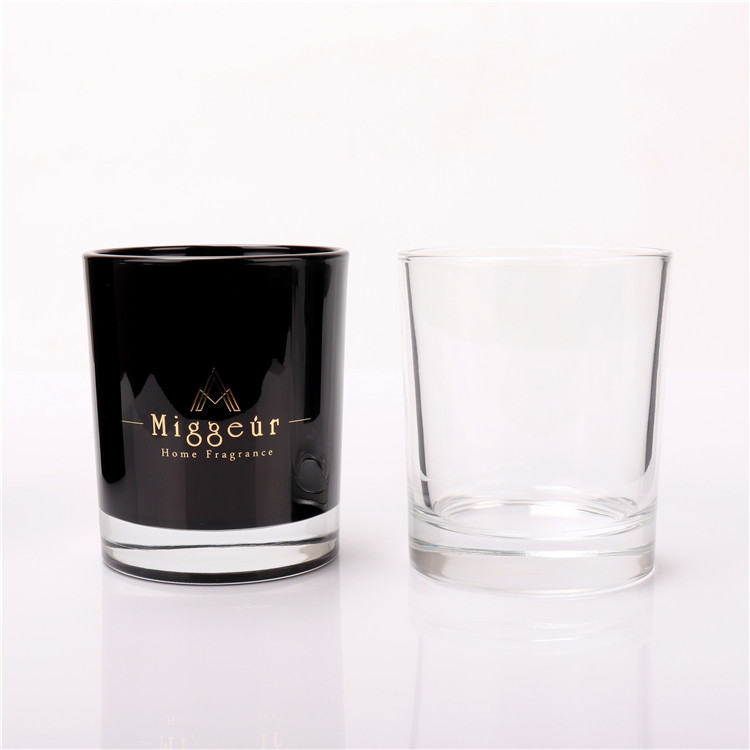Judging the quality of a glass jar involves a few factors, including its durability, clarity, and the overall craftsmanship. Here's a guide on how to assess the quality:
1. Material & Thickness
Durability: The glass should feel solid and sturdy in your hand. A thicker glass is often more durable, but it should still feel proportionate to the size of the jar.
Thickness Consistency: Check if the thickness of the glass is even around the jar. Uneven thickness may indicate poor manufacturing.
2. Clarity
Transparency: High-quality glass jars should be clear and free from any noticeable bubbles, ripples, or inclusions. Small bubbles or imperfections can sometimes occur in lower-quality glass.
Surface Smoothness: The surface should be smooth to the touch without visible scratches or flaws.
Light Test: Hold the jar up to a light source and check how it reacts. A good-quality glass should not distort the light significantly.
3. Weight
A quality glass jar typically has a certain weight to it, especially if it’s thick and made from premium materials. A very lightweight jar could indicate a lower-quality glass or thinner walls, which may be prone to cracking.
4. Mold Marks
Mold Marks: Check the bottom of the jar for any mold seams or lines. A clean and minimal mold mark is a good sign, while rough or irregular mold marks can indicate lower craftsmanship.
Seam Quality: If there’s a visible seam (from the glass molding process), it should be smooth and not too prominent.
5. Symmetry
High-quality jars tend to be well-shaped and symmetrical. If you notice that the sides of the jar are uneven or the top isn't straight, the quality may be compromised.
6. Heat Resistance
Some glass jars are made to withstand heat.
7. Purpose-Specific Features
For canning purposes, the jar should be designed to withstand temperature changes and pressure. These jars often come with thicker glass.
